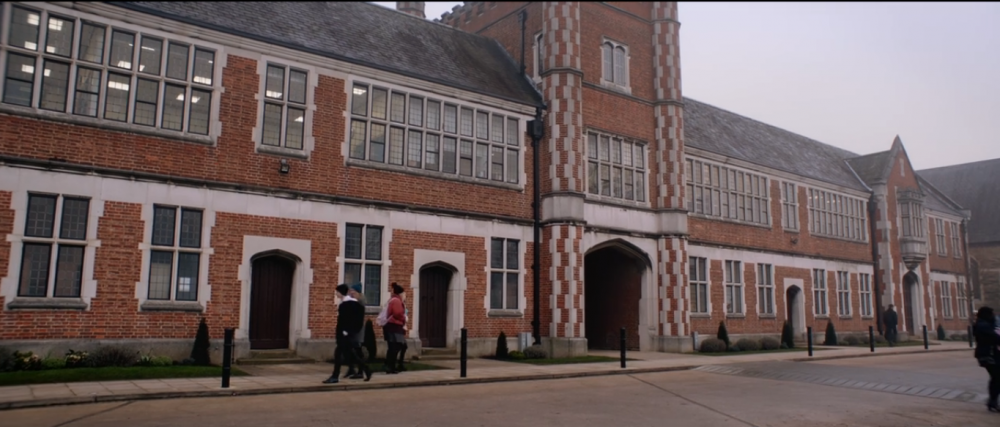A famous school in York, which is among the oldest in the world, has accused the council of threatening the success it has enjoyed over 1,400 years by failing to give it the space to expand.
William Woolley, chair of governors at St Peter’s School, said City of York Council’s draft Local Plan risked “seriously constraining the school’s ability to facilitate sustainable growth”.
York’s Local Plan sets out how the city will grow over the next 20 years.
The blueprint, which is currently being examined by inspectors, outlines where and what housing and employment developments will be built and what land is classed as green belt.
Founded by St Paulinus of York in AD 627 and originally based at York Minster, St Peter’s is the third oldest school in the country and the fourth oldest in the world.
Currently home to around 1,200 pupils, it hopes to expand to cater for 1,500, but Mr Woolley said the council’s proposed green belt boundary was drawn too close to the campus of the city centre boarding school.
During a session dedicated to the approach taken towards the city’s universities and colleges, Mr Woolley said “no account” had been taken by the council of the needs or plans of the school, which contributes £16m to the local economy.
He added: “Improvements in our education offer are vital to keep pace with legislative changes in education, competition from other schools and the expectation of our customer, the parents.”
[tptn_list limit=3 daily=1 hour_range=1]
St Peter’s took over the responsibility of educating the Minster choristers after the closure of the Minster School in 2020, putting the music department under “severe strain”, and several of the buildings acquired from the local authority at the lower campus need to be replaced.
Expansion would help keep any fee increases to a more affordable level, Mr Woolley said.
Fees for full boarders start at just under £34,000 per year.
“By constraining the school with its current green belt proposals, the council is threatening the continued success the school enjoyed over nearly 14 centuries,” he added.
Paul Tucker QC, representing the school, said the council’s proposed boundary was “daft, to use a Yorkshireism.”
The council’s QC, David Elvin, described the school campus as being in a “very sensitive location”.
He added: “The council thinks this is a position where control is required to ensure maintenance of the openness of this narrow strip on either side of the river and therefore drawing the boundaries as broadly as the school proposes would not be appropriate.”
Earlier in the hearing, representatives from both York St John University and Askham Bryan College told inspectors they needed more space to develop than the council was willing to give them.
The University of York was not able to put forward its Local Plan case due to a disagreement about evidence between itself and the council.
Appearing exasperated, inspector Simon Berkeley described the situation as “a mess” and said another session dedicated specifically to the university would have to be held at a later date.
